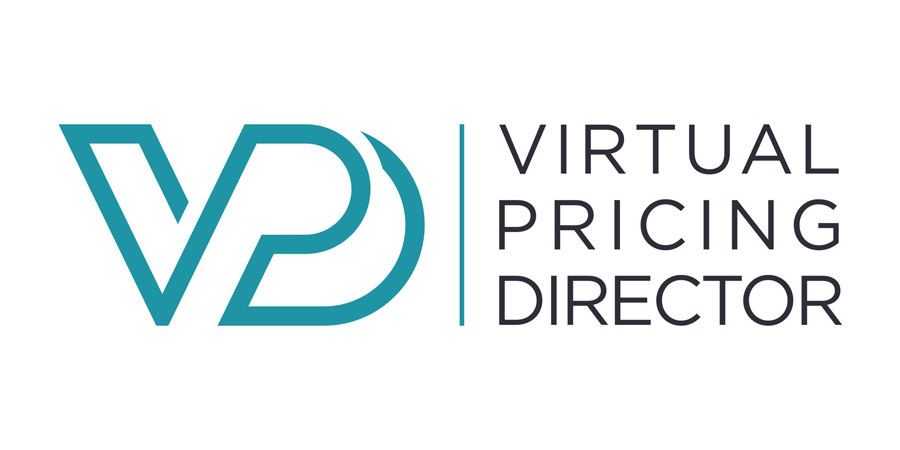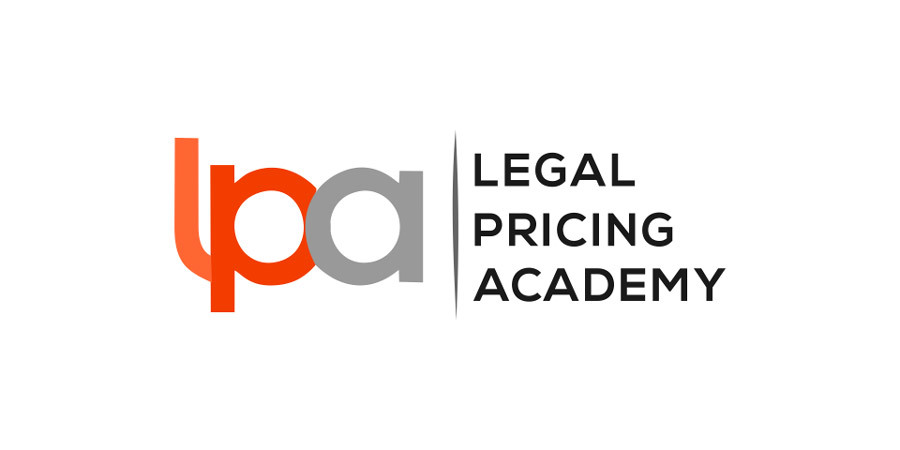I still recall the (somewhat tongue in cheek) advice I had from the senior partner of the firm I was with in the early 80s. “When you send out a big bill, I mean an eye-watering bill, send it out on a Friday and don’t come to work on Monday – let someone else take the call from the client”. Cynical? Yes, but...

I still recall the (somewhat tongue in cheek) advice I had from the senior partner of the firm I was with in the early 80s...
“When you send out a big bill, I mean an eye-watering bill, send it out on a Friday and don't come to work on Monday – let someone else take the call from the client".
Cynical? Yes, but symptomatic of most lawyers approach at the time.
That's the way it's always been...
Until about fifteen years ago the only word used to describe the process of getting clients to part with their money was 'billing'. Internal processes began with the 'billing' moniker – Billing Guidelines, Billing Protocols and Billing Targets. We spoke of 'billing the job', never pricing it. The Law Society used the same nomenclature in relation to many of its publications and rules.
From a regulatory and structural perspective it was further reinforced in many jurisdictions by a huge industry associated with costs drafting, costs draftsmen, costs lawyers, costs judges, reported costs decisions and so forth. It still is.
I seem to recall making an unconscious transition to using 'pricing' about fifteen years ago but at the time I didn't really know why. I do know that I have used it ever since. The last few years has seen 'pricing' enter the mainstream vernacular. Not to the exclusion of the use of 'billing' but alongside it.
What's the difference and who cares...?
Which begs the question, 'is there a difference and why does it matter anyway?' Although I had little sense at the time of why I made the transition from billing to pricing, it is now obvious that it coincided with the dawning realisation that we always got better financial outcomes for the firm where we had a proper conversation with the client about the cost of the job at the beginning of the matter and throughout its progression.
Quite apart for the financial benefits, the stresses associated with the wretched conversation with the client about the inevitable blowout were also averted.
Ex post facto pricing - not much to commend it...
When the fee is only discussed at the end of the job, it is often characterised by one or more of the following:
- The client's shock at receiving a fee they weren't expecting
- An unpleasant and stressful conversation, consuming untold time trying to resolve the matter, inevitably resulting in a partial write-off.
- More time devoted to managing the write off internally (getting approval, making excuses etc)
This was the case 35 years ago and it remains the case today. If anything has changed in the intervening period it is clients increasing intolerance of this approach. And why would they put up with it when there are more and more firms realising that they can do much better around the issue of cost expectation management, matter management and communication?
Pricing at the front end, billing at the back end...
And so we have the final piece of the puzzle that explains the transition. Pricing is something that occurs at the beginning of the job, whereas billing is what is done at the end (or monthly).
There is no doubt that if we transfer the time that we would normally devote at the end of a matter dealing with the complaint and negotiating a discount, to the front of the file and use that same time to properly understand what the clients real drivers are (often unarticulated), what a good or bad result looks like to them, to properly analyse historical cost data then craft a menu of pricing options for the client to chose from, alchemy occurs – we get paid properly and the client is much happier.
So yes, the difference between pricing and billing is as stark as night and day. Billing is an anachronism and an unhelpful legacy of a time in the life of the profession where we could tell clients what our hourly rate was, that the meter was now on and that they'd get a bill at the end. Hard to believe now that this was how it worked.
More of the same...
If the change in usage from billing to pricing helps lawyers focus on the benefits for them and their clients of shifting the conversation from the back end to the front end then it is far more than merely semantics. It represents a fundamental shift in mindset – something to be applauded and encouraged.

